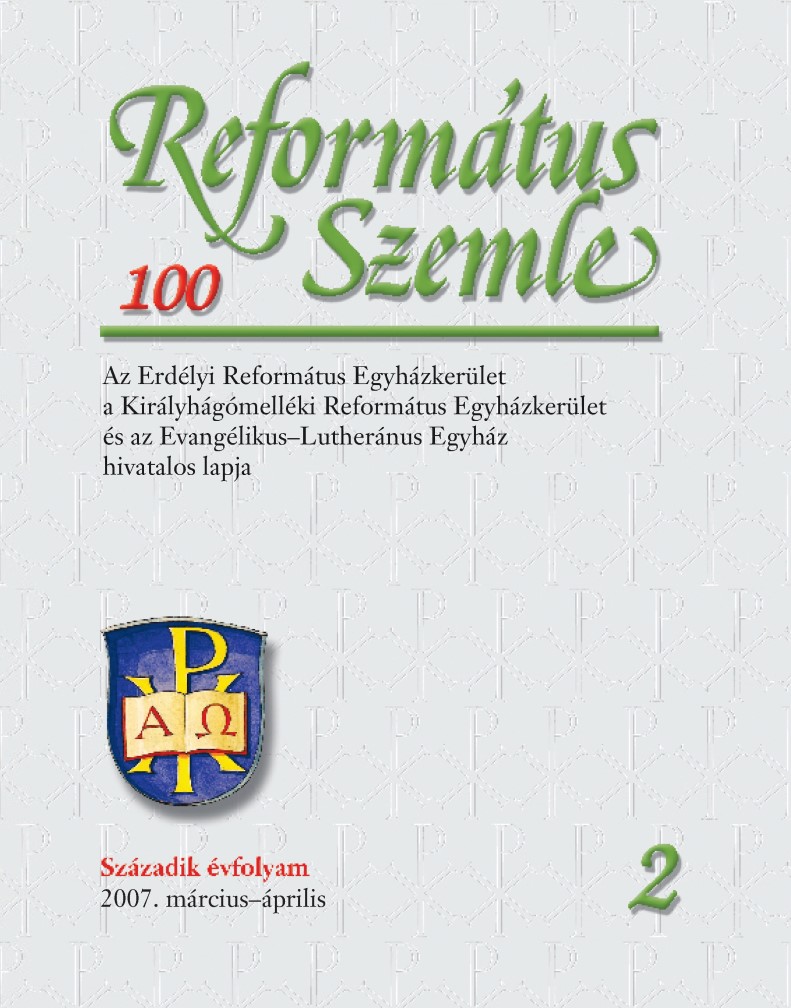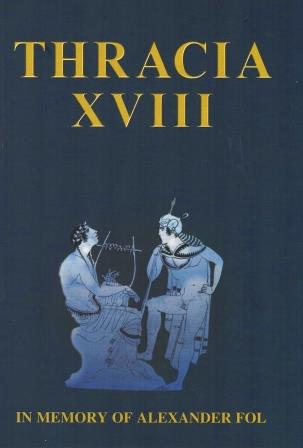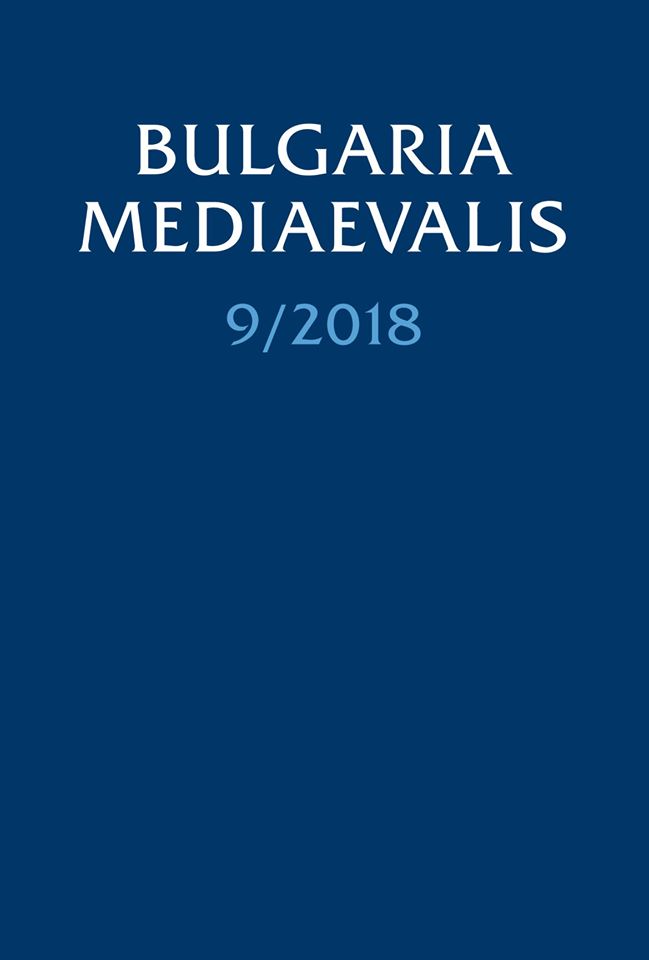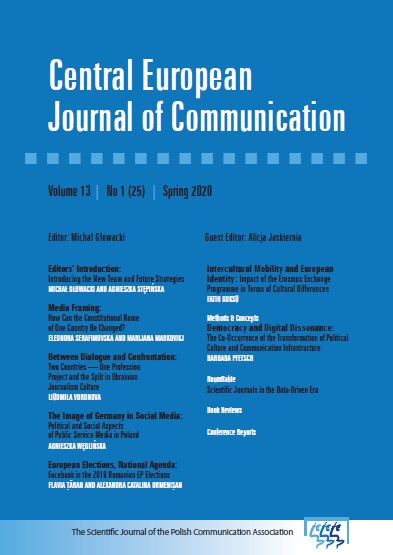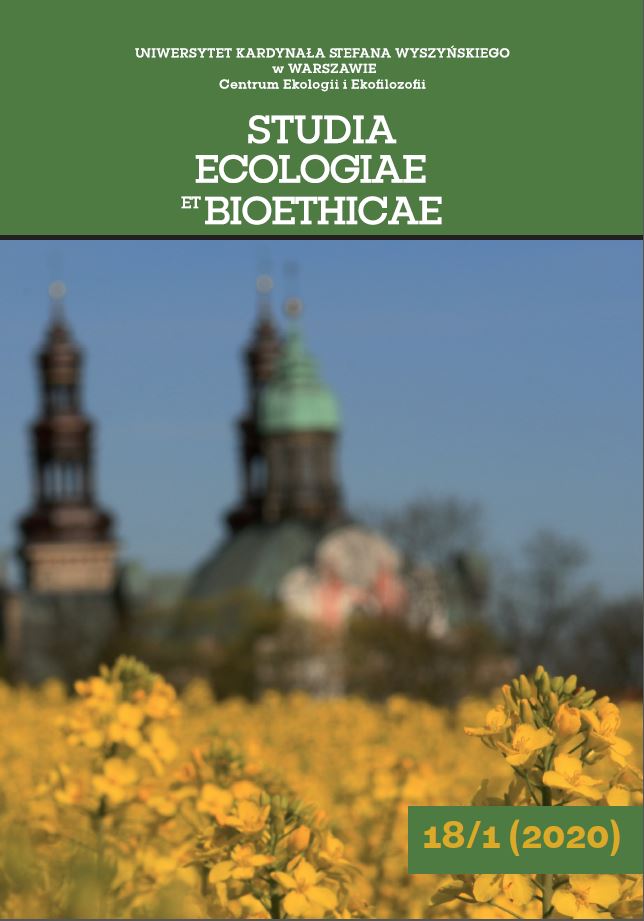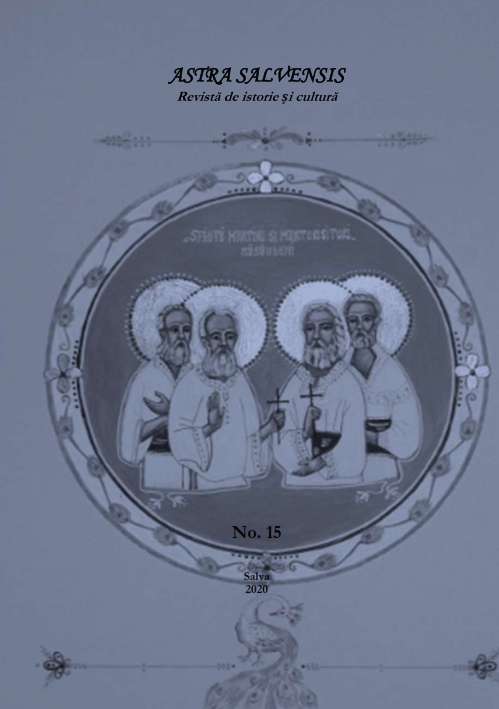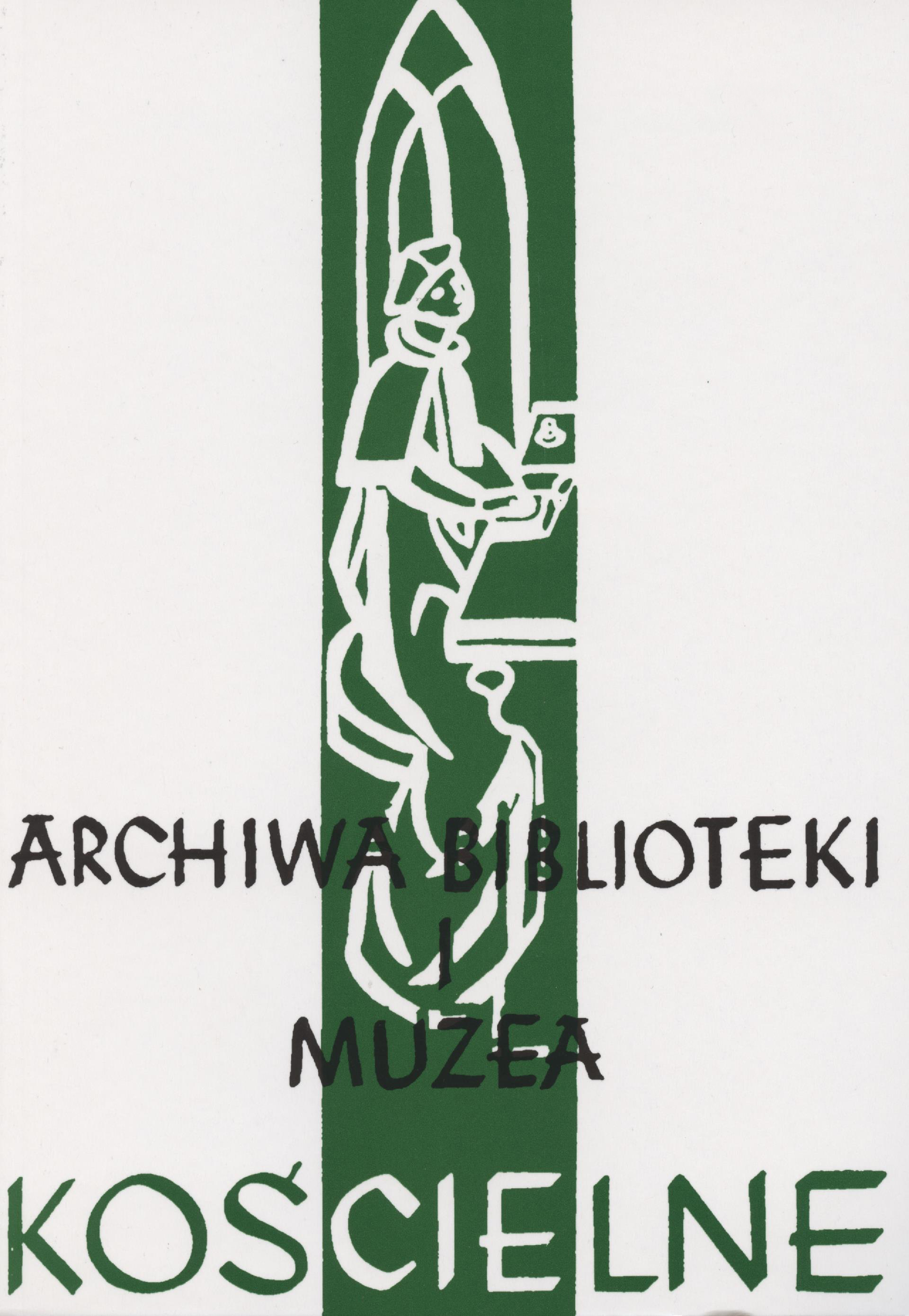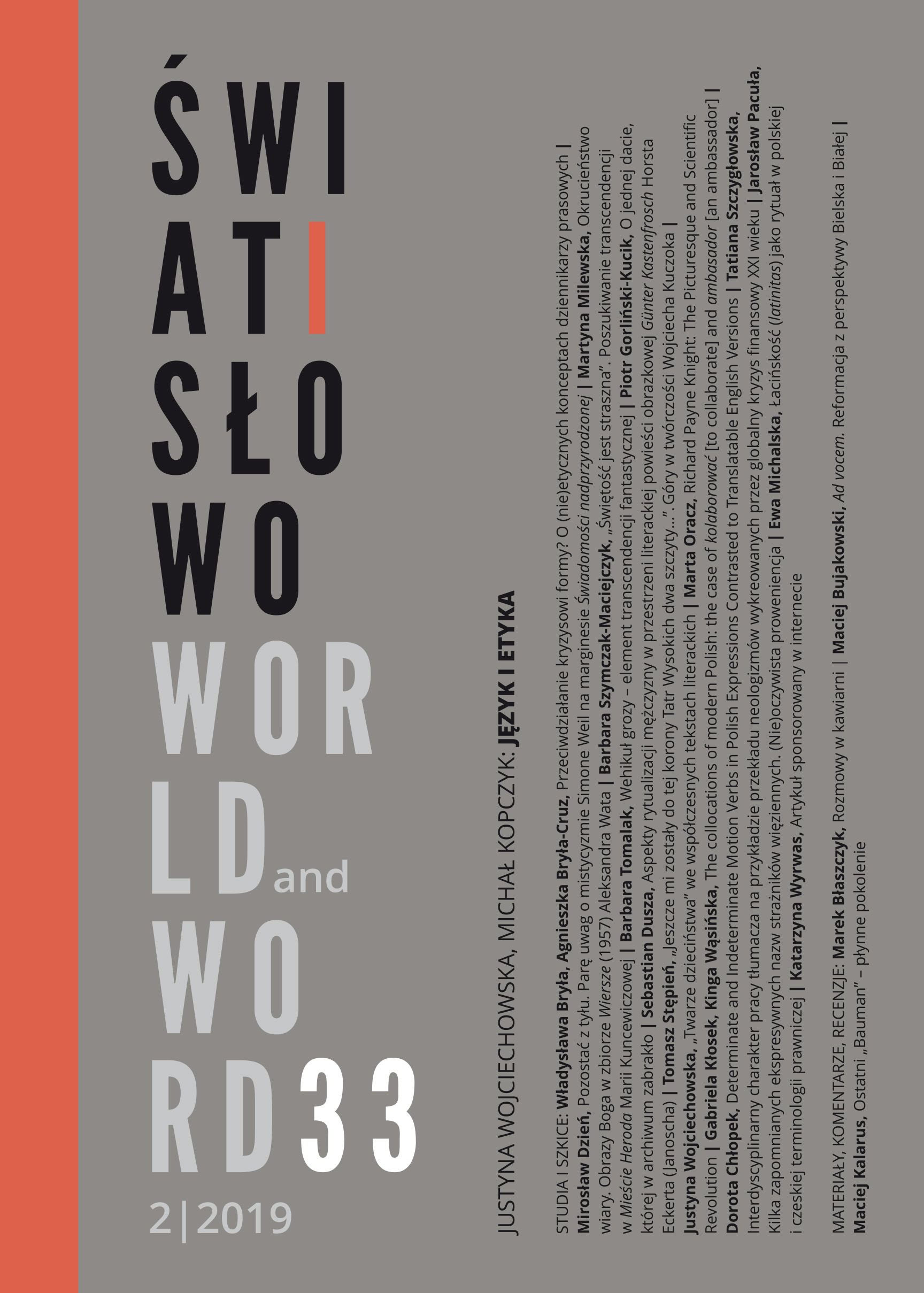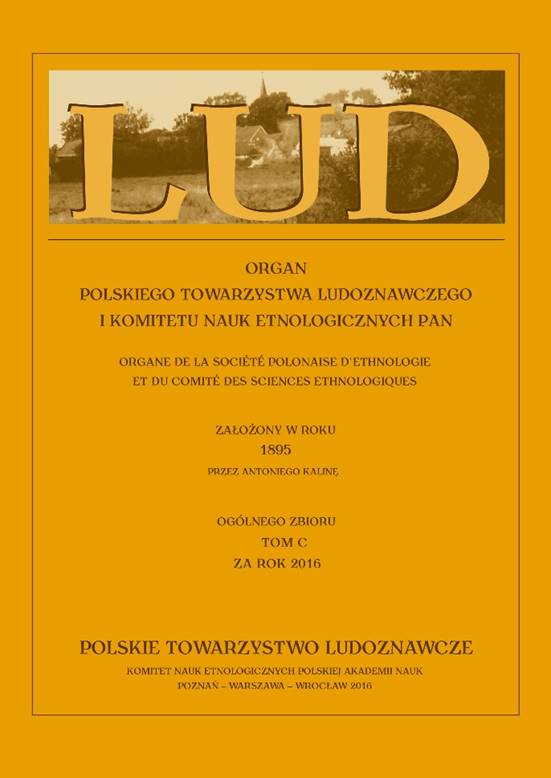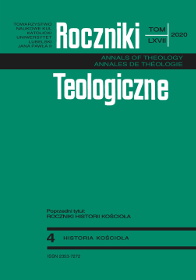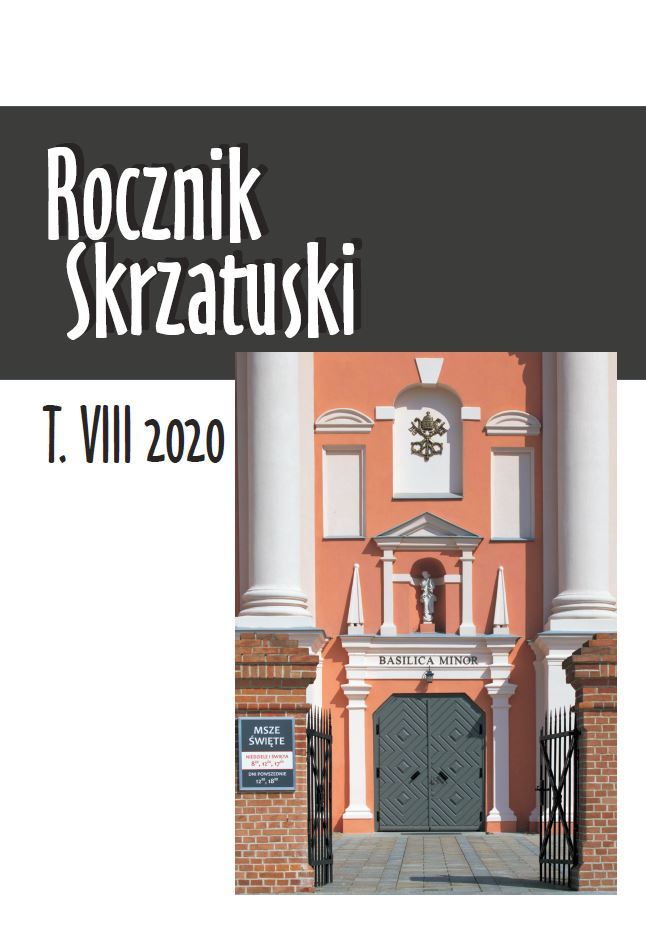Author(s): Aleksandra Trifonova / Language(s): Bulgarian
Issue: 1/2018
In this paper 20 Greek inscriptions, preserved on a mural painting, icons and grave plaques, which originate from the church of Dormition of Virgin (1845) in Plovdiv (Philippopolis) are presented. They date back from the last quarter of the 17th to the third quarter of the 19th cc. and give valuable information about persons from the ecclesiastical and social circles of Plovdiv (Philippopolis).
The mentioned in the inscriptions persons from the ecclesiastical circles refer to a Metropolitan of Philippopolis, Neophytos (last quarter of the 17th c. – 1711), during whose archbishopric the old church of the Virgin was build, in the place of which nowadays the church of Dormition of Virgin (1845) is erected. The other one is the rhetor of the same Metropolis, Andronikos (last quarter of the 17th c.), who gave the money for the mural painting of the above mentioned church of the Virgin.
The persons from the social circle, mentioned in the inscriptions, refer to Greeks and Bulgarians donnor’s and all of them were in a direct or indirect relation with the powerful Čalukov (Čaloglou or Čalukoglou) family in Plovdiv (Philippopolis). These persons sponsored the execution of different icons for the church, as Dimitris Tsaharlis – st Demetrios on a horseback (1812), Lucia and her children – st Menas (1846), Salčo Ioannou (Čomakov), together with his wife and children – st Stylianos (1846), Iakov Kendindenoglou – st Jacob (1846), Georgi Stoianovič (Čalukoglou) – st George (1846), Ioannis Dimitriou Sitsianis – st John the Forerunner (1846), Dimitrakis Kyriakou Mitsouras – st Demetrios (1846), Eustathios Ioannou Tsironis – st Spyridon enthroned (1846), Iskro Iskrov Kesak (Kesiakov) – st Nicholas enthroned (1846) and Teodor Vulko Čaloglou – Dormition of the Virgin (1848).
The provided from the inscriptions information about persons from the artistic circle refers to the painter Nicholaos, who could be identified as Nicholaos Adrinaoupolitis, the author of the above mentioned icons.
The inscriptions give also information about the desceeded persons in Plovdiv (Philippoplis) from the second to the third quarter of the 19th century, mostely Greeks, among which are Panagiotis Dimitriadis (†1838), Eleni (Politoglou) Čalukova (†1848), Anastasia Konstantinou Noutsi (†1852), Konstantinos Andreou Garginos (†1854), Teodoraki Stoian Teodorou (†1856), Ioanis Dimitriou Sitsianis (†1857) and S. Tsikerdekis (†1865).
More...
